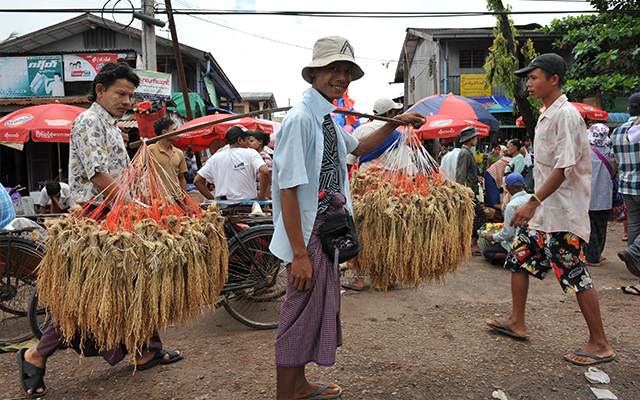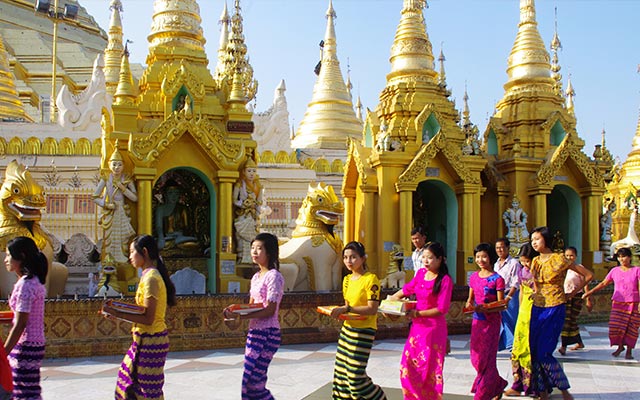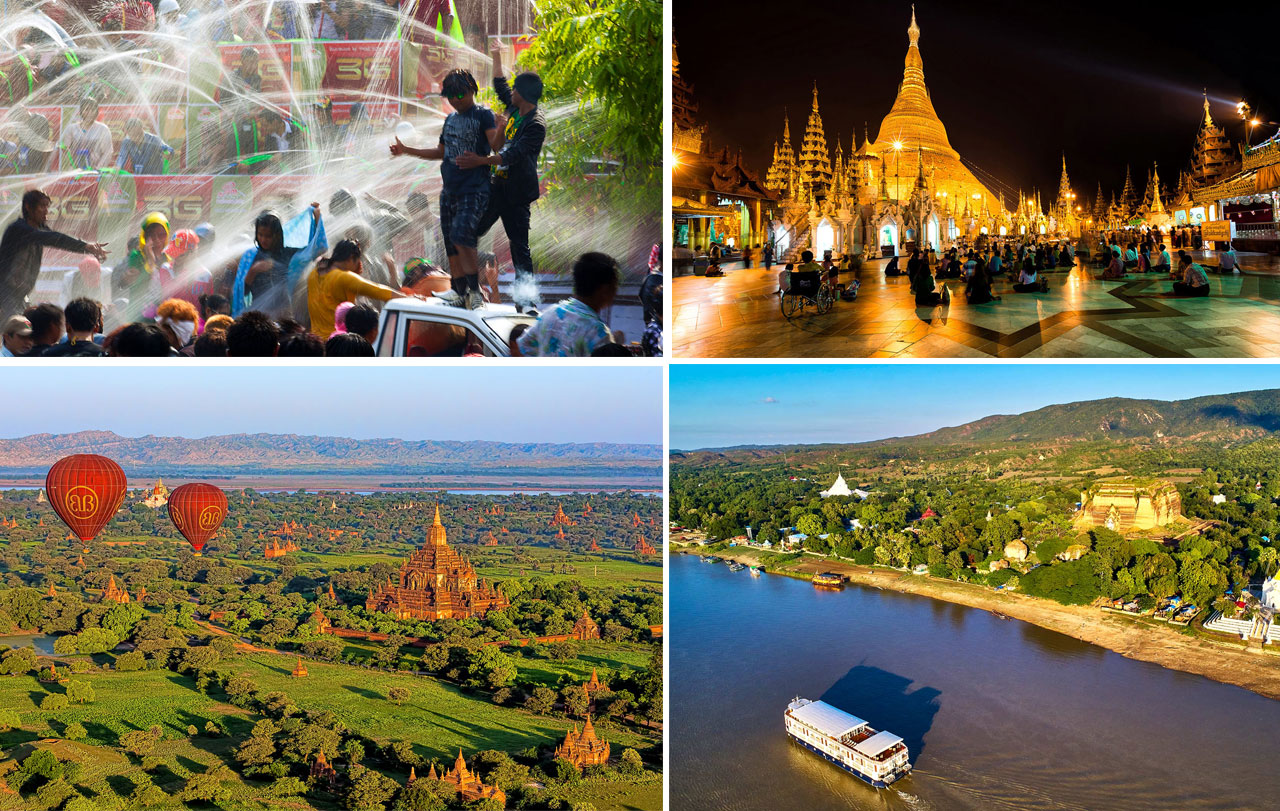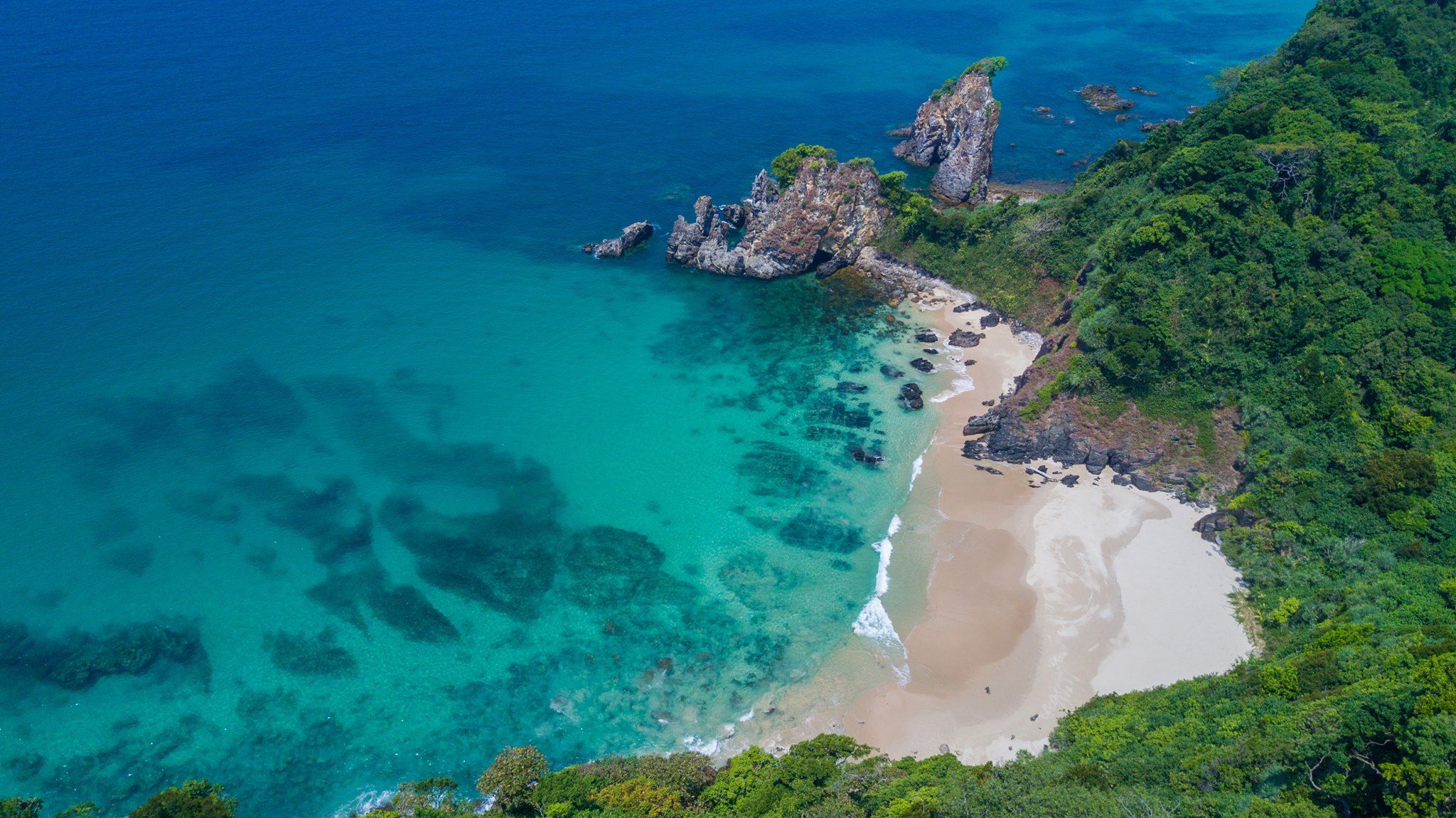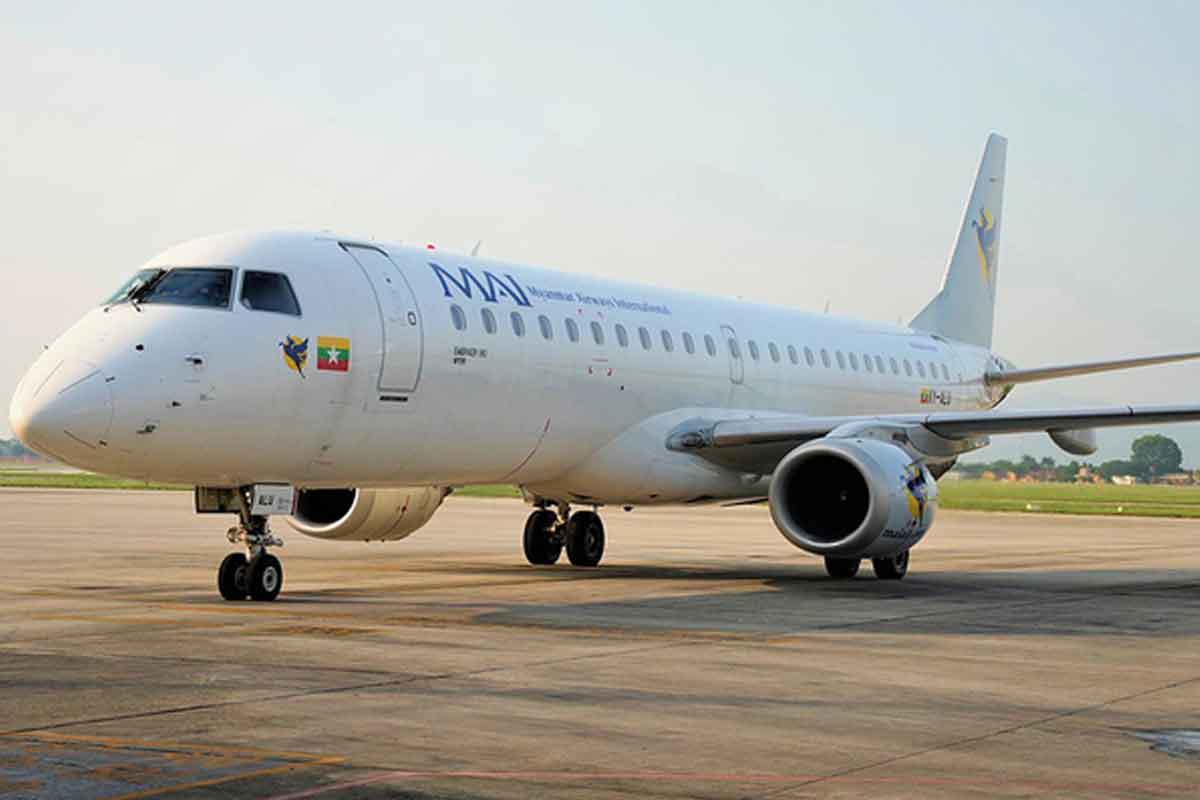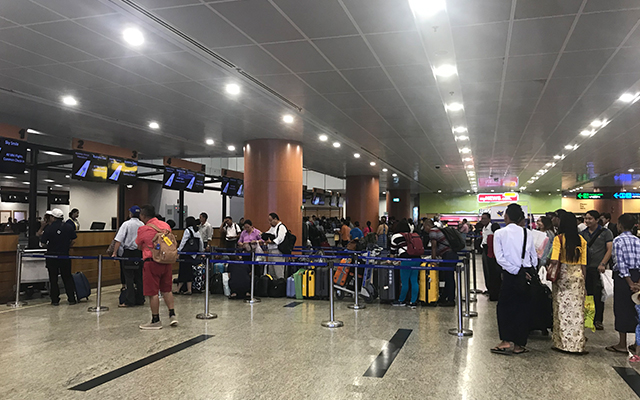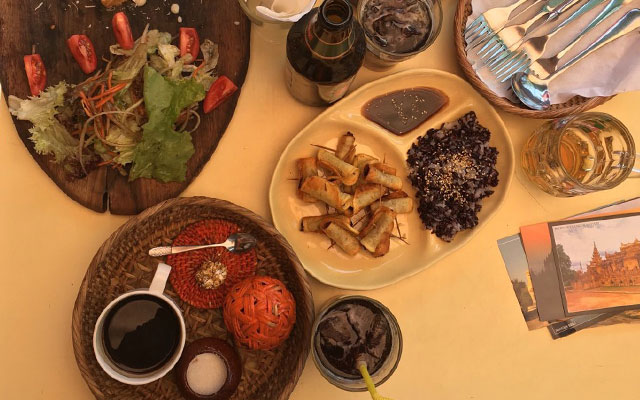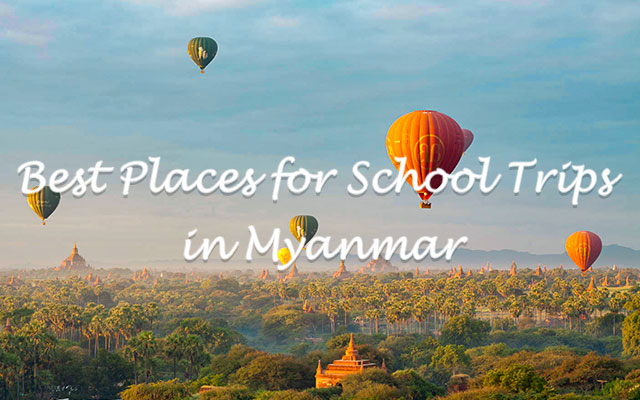Where is Myanmar located?

1. Location
Myanmar is situated in Southeast Asia. It is bordered by
- China on the North and Northeast
- Laos on the East
- Thailand by the Southeast
- Andaman sea and Bay of Bengal on the South and Southwest
- Bangladesh on the West
- India on the Northwest
It is located between latitudes 09 32’N and 28 31’N, longitudes 92 10’E and 101 11’E. Myanmar is shaped like a kite with a long tail that runs south along the Malay Peninsula.
East longitude 96 13’nd North Latitude 16 45’run through Yangon, the capital of Myanmar. The Myanmar Standard Time, taken as on East Longitude 97 30′, is 6 hours 30 minutes ahead of Greenwich meantime.
2. Geography
Boundary
Total land area: 677,000 square kilometers (261,228 square miles) ranging 936 kilometers (581 miles) from the east to west and 2051 kilometers (1275 miles) from north to south.
Total contiguous frontier length: 6,522 kilometers (4052 miles)
- Myanmar-Bangladesh boundary: 271 kilometers (168.7 miles). It consists of two parts, namely the Naaf River boundary 64 kilometers (39.5 miles) and the land boundary 208 kilometers (129.2 miles).
- Myanmar-China boundary: 2129 kilometers (1322.9 miles);
- Myanmar-Thailand boundary: 2416 kilometers (1504 miles);
- Myanmar-India boundary: 1468 kilometers (912 miles)
- Myanmar-Laos boundary: 238 kilometers (147.9 miles).
Total coastline length: 2228 kilometers (1385 miles), stretching from the mouth of Naf River to Kawthaung
Climate:
Myanmar has typical tropical weather: sunny, hot and humid. There are three seasons; the monsoon or rainy season is from May to October; the cool season from November to February and the hot season from March to May.
Topography
Myanmar terrain is lowering from north to south, basically can be divided into four distinct regions: highlands in the east, mountains in the west, plains in the central and coastal in Rakhine.
The three main mountain ranges are the Arakan Yoma Range, the Bago Yoma Range and the Shan Plateau. The highest point in Myanmar is Hkakabo Razi located in northern Myanmar, at 5,881 m. Within the mountain ranges are the flat lands of Ayeyarwaddy, Chindwin and Sittaung River valleys which make up most of Myanmar’s agricultural land as well as the population.
The Shan Plateau is located in eastern Myanmar. Although sparsely populated, the Shan Plateau is the primary source for sapphires and rubies in Myanmar.
There are three main river systems in Myanmar – the Irrawaddy, the Salween and the Seftaung Rivers. The Irrawaddy is the longest river, approximately 2,170 km (1348 mi). The Irrawaddy River system is one of the most important geographical features in Myanmar due to the extremely fertile land that surrounds it.
Almost half of Myanmar is covered in forests which are made up of different types trees: teak, cinchona, acacia, bamboo, ironwood, mangrove, coconut and palm. In the northern highland, there are oak, pine as well as many varieties of rhododendron. Many trees in Myanmar’s coastal region offer various tropical fruits including citrus fruits, bananas, mangoes and guavas.
In the far south, the Mergui Archipelago contains over 800 islands, most of them completely uninhabited.
3. Country’s name: Burma or Myanmar
At the moment, the country is called worldwide by both names: Burma and Myanmar. In fact, the official name of country as Myanmar. It was changed by the country’s government since 1989. From this event, some former names were also changed: Rangoon also became Yangon, Maymyo became Pyin Oo Lwin, Ayeyarwady became Irrawaddy, Moulmein became Mawlamyine.
In the Burmese language, people call the country itself as either Myanma or Bama. Myanma is the written name while Bama is the spoken name of the country. These names derive ultimately from the endonym of the largest ethnic group in Burma, the Bamar people.
Burma was the official name of the country at the time of independence. It was the name that the British called their colony before 1948. It most likely comes from Portuguese word Birmania. It was adopted by English in the 18th century. The Portuguese borrowed this name from Indian name Barma in the 16th or 17th century. Barma may derive from colloquial Burmese Bama, or the Indian name Brahma-desh.
In 1989, the military regime of Burma changed the country name from Burma to Myanmar for for three reasons.
- Myanmaris the official name of the country in the Burmese language. They aimed to use local pronunciation.
- Myanmarwas more inclusive of minorities than the name Bama, and wanted the official name of the country to reflect this.
- It is a way to rid the country of British colonial influences.
However, some countries haven’t recognized this change as US and UK. So, two names still exist together until now.





